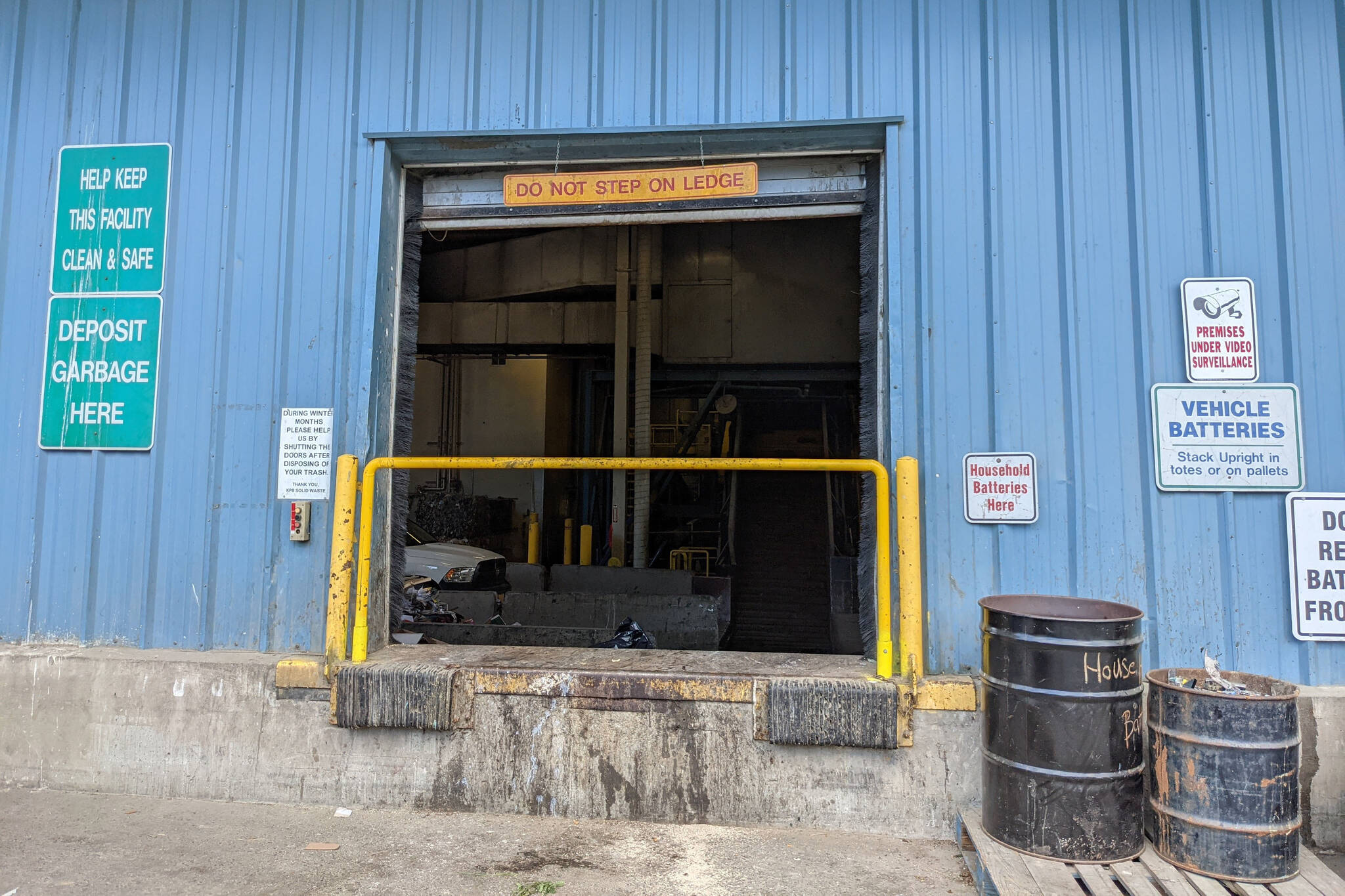The City of Kenai will take over some of the Kenai Peninsula Borough’s leachate disposal following authorization of an agreement by Kenai City Council members on Wednesday.
Leachate is the word for liquid that touches trash at a landfill, such as rain or snow. Once contaminated, the liquid must be treated before it is released back into the environment.
Kenai Public Works Director Scott Curtin wrote in a Dec. 26 memo to council members that the Kenai Peninsula Borough is working on a leachate evaporator project that has decreased the amount of leachate that can be treated at the Central Peninsula Landfill. Coupled with high levels of precipitation in recent years, Curtin wrote, the borough is looking to lighten its leachate load.
The one-year agreement approved by city council members Wednesday allows the city to intake up to 10,000 gallons of leachate per day, which Curtin said is expected to have “minor impacts” on Kenai’s Wastewater Treatment Plant. That amount represents less than 2% of the plant’s total daily flow.
“Our facility is the safest place to process this material,” Curtin wrote. “Our activated sludge waste water plant has the best biological processes locally to safely manage this material.”
Prior to Wednesday’s council vote, Curtin said that city staff discussed the arrangement with the Alaska Department of Environmental Conservation to ensure that all of Kenai’s discharges stay in compliance with their permit.
Kenai Peninsula Borough Solid Waste Director Lee Frey, who attended Wednesday’s meeting, told council members that the borough already has a similar agreement with the City of Homer, which receives 15,000 gallons of leachate per week from the borough. Frey said the borough will bid a contractor who will be responsible for hauling the material from Soldotna to Kenai.
Frey said the borough is not looking to offload leachate to the City of Soldotna because its wastewater discharge regulations are more stringent than the City of Kenai’s. That’s because the City of Soldotna discharges into the Kenai River, while the City of Kenai discharges into Cook Inlet.
“If they took any (leachate), it would be significantly lower amounts that they’d be able to take due to possible changes in their water chemistry for their permit,” Frey said of Soldotna.
The borough’s current process for treating leachate involves collecting the material in bathtub-like cells, heating up and burning off 90% of the material, and then disposing of the remaining 10% worth of slurry, Frey said.
The Kenai Peninsula Borough Assembly last summer authorized the purchase of temporary covers for the landfill intended to better capture rain and snow. Frey wrote in a July 20, 2023, memo to assembly members ahead of that authorization that the covers are expected to save the borough about $500,000 in leachate management costs per year.
The borough estimates that 4.5 million gallons of leachate are generated by snow and rain that falls on two of the Central Peninsula Landfill’s cells.
Wednesday’s meeting of the Kenai City Council can be streamed on the city’s YouTube channel.
Reach reporter Ashlyn O’Hara at ashlyn.ohara@peninsulaclarion.com.

